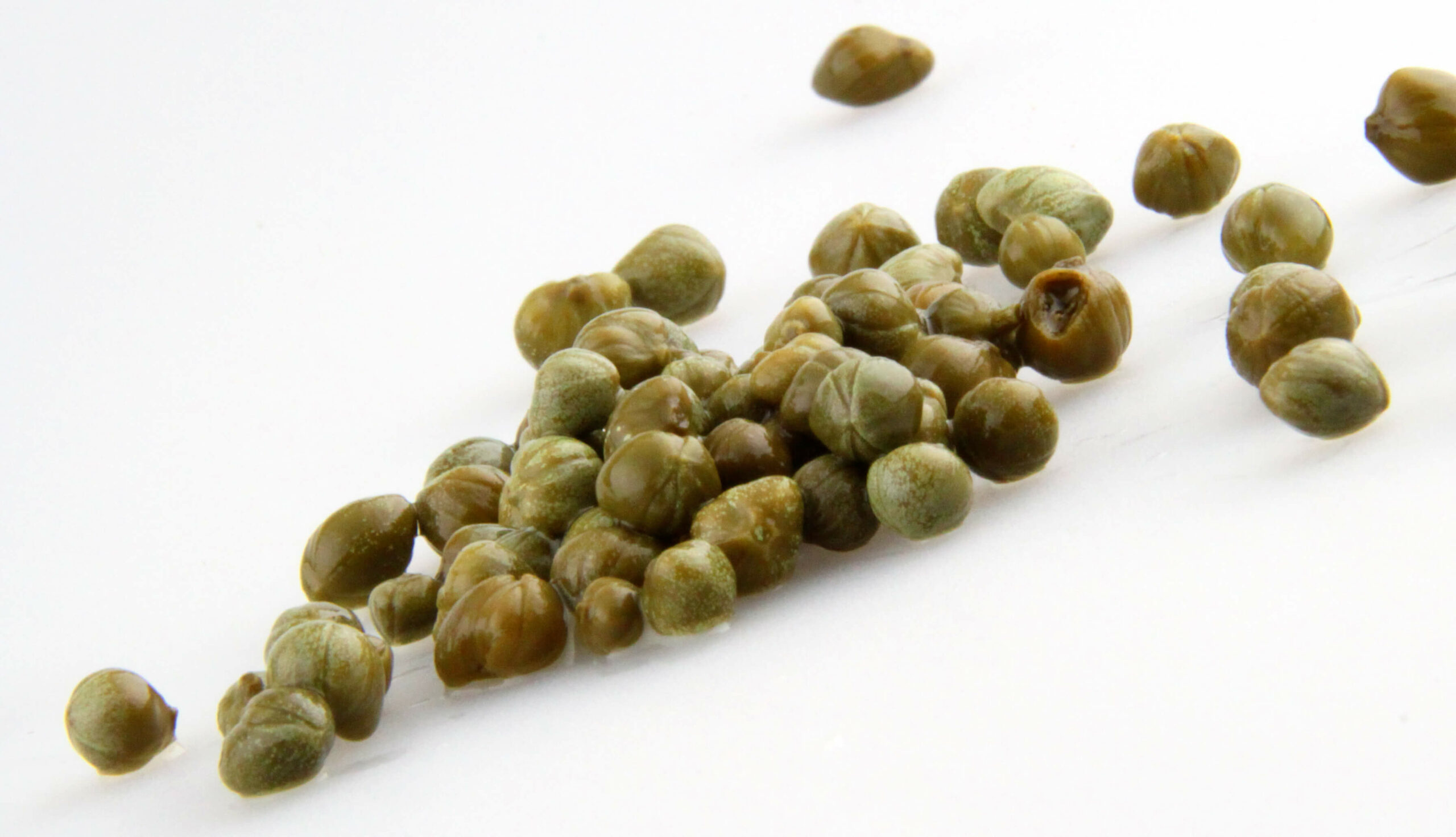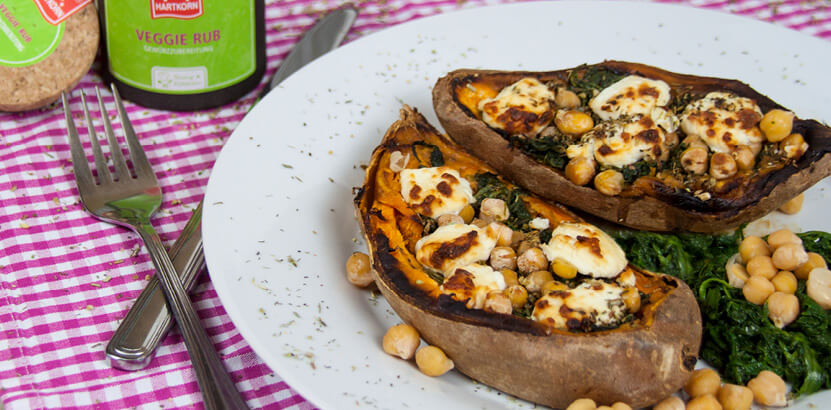Synonyms: Botanical family: origin: Classificationy: spice shape: flavor: odor: use: The taste of capers is tart and bitter-spicy, slightly acidic due to the vinegar. They are mainly used to refine piquant sauces, meat and fish dishes, poultry, ragouts and salads. Particularly well-known dishes are, for example, Königsberg meatballs and the Italian Vitello tonnato (cold roast veal with tuna caper sauce). tip: Recipe suggestion knowledge: Botany: Home & Spread: cultivation & extraction: History: Capers
General information
Application
Things to know
 Botanical name:
Botanical name:
Capparis spinosa L.
caper shrub, caper shrub
caperaceae
Mediterranean region (Spain, France, Italy), Morocco, Algeria
spice
flower buds
tart, hot
spicy, sourish
Sauces, tartar sauces, tartar and salads, Vitello tonnato, Königsberger meatballs
Add only shortly before the end of the cooking time, otherwise they lose their aroma
Tartar sauce:
Mix 300g mayonnaise with 8 tablespoons of chopped herbs, 4 tablespoons of capers, 2 hard boiled eggs and 4 finely chopped anchovy fillets. Season with salt, pepper, sugar, lemon juice and Worcester sauce
Preservation: A shot of olive oil in the already opened caper glass/cup prevents the mold.
The thorny caper shrub grows to about 100 cm high, bears roundish, smooth, slightly tapered leaves and white or pink flowers with a tassel of long, purple-colored anthers. Small cucumber-like fruits develop from them.
For thousands of years the caper shrub has been growing wild in the Mediterranean countries. It is especially cultivated in Morocco, Spain, Southern France, Italy, Greece and Cyprus.
From the wild or cultivated shrubs, one picks the still firmly closed, pointy-edged, short stemmed, olive-blue-green and until approximately pea-big flower buds. They are withered in the shade and sorted through sieves into the following qualities: Nonpareilles: smallest variety, firm and round, most sought after Surfines: somewhat larger than Nonpareilles Capucines and Capottes: large to largest varieties Thus withered and sorted, capers are usually placed in salt, more rarely in vinegar brine or oil and sold. Good goods must be firm and closed, must not have any injuries on the buds and must show small light spots on the dark olive-green skin only at the tip.
Capers have long been a highly appreciated condiment in Mediterranean countries. In ancient times they were also used as a healing ointment. In some areas, people are still convinced of the healing effect of capers on the spleen. Because of its delicate, white-violet flowers, which open only once for a short time from morning to noon, King Solomon in the Old Testament portrayed capers as a symbol of the transience of the world.
http://de.wikipedia.org/wiki/Kaper






